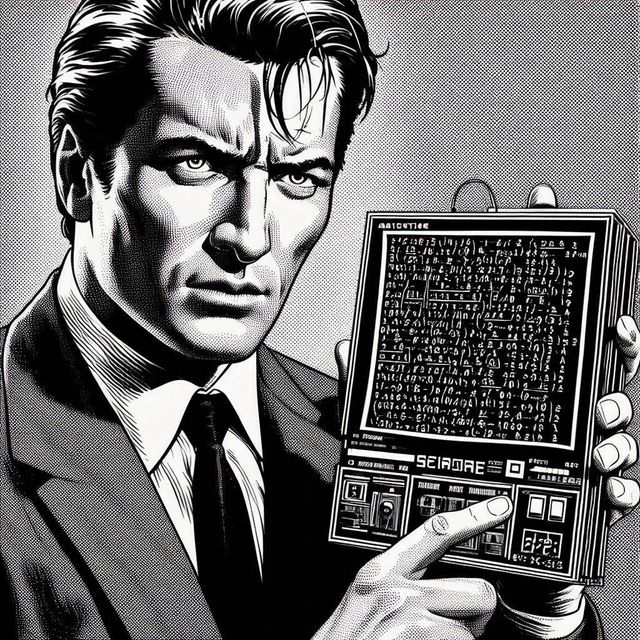-
Vijay Fafat
- Published on
A lyrical, one-page homage to mathematicians, the compactness of their language, their analytical sense of understanding and the universality of their chosen tool of symbols to understand the universe, all expressed in something of a Seinfeldian “big salad” of words. The conclusion at which the writer aims, which also seems to allude to Platonism, is this:
“We can’t even stare at a shadow we can’t step on. It then dawns on [the mathematician] that the language that goes straight to every language is his mother tongue. His dwelling constructed by his own words isn’t located anywhere in the world. Even so, from there, he gets an excellent view of the whole universe.”
To reach this stage, the writer starts off by speaking - metaphorically - of how each language tries to capture the nature of the objects in the universe, shining their light on different facets and gathering an understanding from their own reflection. And yet, since each language has its limitations, an object is never fully captured by its description in one or a few languages. In the author’s words,
“Our cognitive space is constructed upon all possible languages. This space has every object embedded. We can perceive an object only through a certain language. In other words, we get no more than a partial glimpse of the object each time.”
A mathematical analysis of this conundrum leads the mathematician to (subconsciously) apply his tools of trade to come up with one language which can transcend the limitation:
“If, according to him, translation refers to the shadow of one language on another, then the translation affinity between two languages manifests as its inner product. By paying attention to the angle formed by the distance between the languages that define the space, he has proven that an observed object can be calculated as the same square matrix as the number of languages from one set of observed data. He dubbed this “language matrix.” And the number property of the language matrix is given as its eigenvalue and eigenvector. Yet when the mathematician observes the light in the universe, the characteristic equation yields no solution. The rays shoot toward all languages, i.e. all the shadows extending toward an imaginary number.”
This also explains the title of the write-up - Mathematics as the one language which is orthogonal to all others. I do think that given the conclusion of Mathematics as capturing all the aspects which other languages miss, a better metaphor for the author would have been Fourier Series and not Orthogonality. Then again, the premise / conclusion is also a significant overstatement - mathematical language suffers from limitations just as others. It works well in the objective world while other languages rule the subjective, a place where mathematical symbolism is woefully inadequate.
I really enjoyed the beautiful flow of language in the fictional essay.
